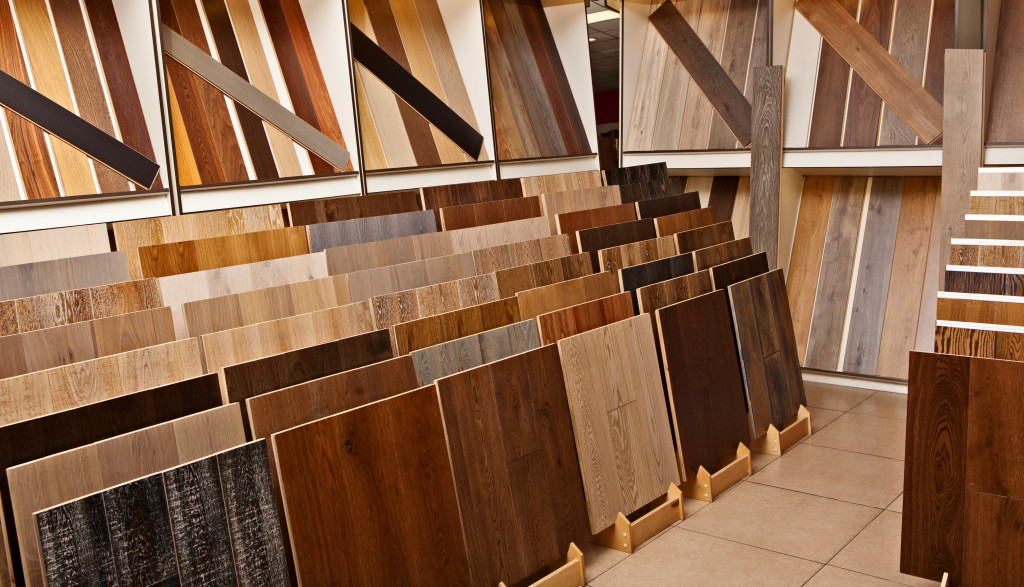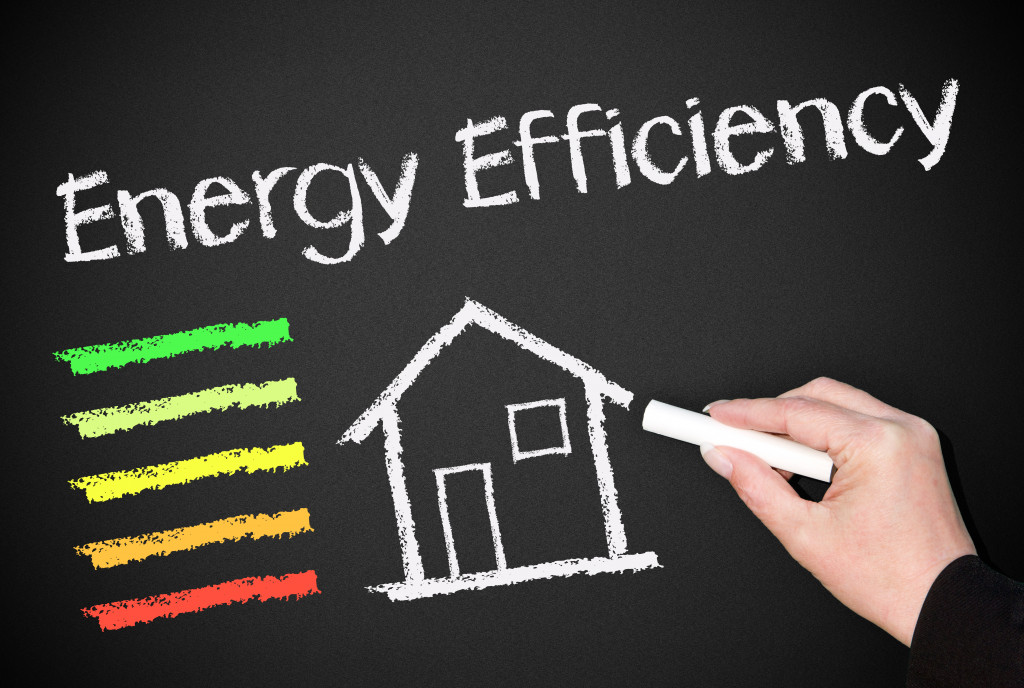According to Energy Star, US households usually spend about $2,000 a year on home utilities. The number can go up or down depending on their actual location, consumption, climate, and usage.
One thing is sure: Americans do more to bring those numbers down. One of the smartest moves is to make their home more energy-efficient.
But what goes into an energy-efficient property, and are they worth the dollars? Here are a few add-ons and upgrades that may lower the energy bills:
1. Vinyl Windows
The Department of Energy website provides a rundown on the energy efficiency of the different window frames and windows. For example, aluminum and metal frames are light and sturdy, but they are excellent heat conductors, so they don’t make great insulation materials.
Wood, meanwhile, offers better insulation. However, maintaining it can be costly. Fiberglass can be both strong and easy to maintain, but it can also be more expensive than wood.
Many experts then consider vinyl window installation to be a much better choice. First, the frames don’t use joints, so they don’t leave gaps for cold or hot air to go in and out of the house. Second, the windows are more likely to be double-glazed, so thermal performance is superior.
Moreover, because of the gaps between the panes, the window can absorb sound energy more effectively. Vinyl glass windows, therefore, can also function as a practical sound barrier.
2. Energy-Efficient Doors
People can choose different energy-efficient doors depending on the budget, style preference, and actual insulation needs. Fiberglass seems to be the best since it doesn’t conduct both heat and electricity, and it is also highly resistant to weathering. But they are challenging to trim, so they may not be the right choice for those with non-standard-sized doorways.
Steel doors are durable and make great thermal insulators. On the other hand, they can conduct heat. Thus, they may be hot to touch during summers.
Those on a budget can opt for vinyl, which is one of the cheapest options, or weatherstripping. This refers to the process of adding strips on the gaps and joints where air can pass through.
3. Flooring

Many popular flooring types such as wood, tiles, and ceramic can hold some heat. That’s great during the winter, but it may not be good news during summer. Moreover, while they can retain some heat, overall, they can be cold to touch.
Some flooring experts then think that the most energy-efficient flooring materials are actually carpets, particularly those with polyurethane foam. In the winter, this can remain warmer than stone or wood, so it feels comfortable for the feet.
Meanwhile, luxury vinyl, usually a plank that looks like wood, may help trap heat and cold air inside the room because of its click-and-lock installation system that may not leave any gaps. It may also come with a cork cushion. Cork is actually one of the primary materials NASA uses in building spacecraft since it can protect heat shields, so this must have an amazing thermal capability.
4. Lighting
Not many pay attention to their lighting system since they are usually just little bulbs. However, they can actually consume a lot of energy. Incandescent light, for example, could already consume almost 900 kilowatt-hours of energy if it’s running for a full year. The average cost for a single bulb, therefore, could be over $130.
Doing the math, if a house has four of these operating simultaneously, the family is spending around $600 a year for lighting alone.
What’s the best alternative? Light-emitting diode (LED) lights remain the best option. The Department of Energy shared that residential LEDs, especially Energy Star rated, could need 75 percent less energy than other lighting choices. They can also last over 20 times longer than incandescent, which one may need to replace once a month.
In fact, their data showed that if the United States would use more LEDs, by 2027, the country could save as much as 348 terawatt-hours or a trillion watt-hours. It would then translate to at least $30 billion in electricity savings.
Contrary to popular belief, making the home more energy-efficient doesn’t have to break the bank. Replacing the windows to vinyl, for instance, could cost below $200 per window. On the other hand, installing a single-hung wooden window could be worth over $650, including installation costs.
In the end, energy-efficient homes do not only lower their energy bills. However, they are also helping to save the planet by decreasing their dependence on conventional electricity, which heavily uses fossil fuels.

